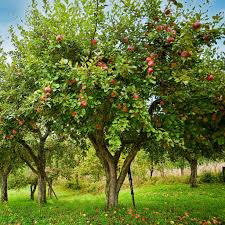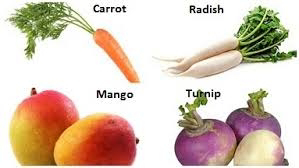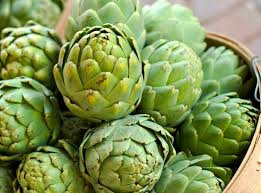2 year crop's
you are referring to a specific crop that takes two years to grow and mature, it could be a long-duration crop such as certain fruit trees, perennials, or biennial crops. These types of crops have longer growth cycles compared to annual crops, which typically complete their life cycle within one year.
Apple Trees: Some apple tree varieties can take up to two years to produce a significant harvest after being planted.
Blueberries: Depending on the variety and growing conditions, blueberry bushes can take about two years to establish and start producing a substantial crop.
Asparagus: Asparagus is a perennial vegetable that takes about two years to establish a strong root system before the first significant harvest can be obtained.
Biennial crops: Certain crops like carrots, onions, and parsnips are classified as biennials. They require two growing seasons to complete their life cycle, with the first year focused on vegetative growth, and the second year devoted to flowering, seed production, and maturation.
Strawberries: Certain varieties of strawberries are known as "everbearers" or "day-neutral" strawberries. These types can produce a small harvest in their first year but typically require two years to reach full productivity.
Certain nut trees: Some nut trees, such as pecans and walnuts, can take several years to mature and start producing a substantial crop. It is not uncommon for these trees to require around two years before they begin bearing nuts.
Grapevines: Grapevines usually take two to three years to become fully established and produce a significant yield of grapes. During the first couple of years, the emphasis is on establishing strong root systems and training the vines.
Certain flowering bulbs: Certain flowering bulbs, like tulips and daffodils, are typically planted in one year and bloom in the following year. These bulbs require a dormancy period during the winter months before they can produce beautiful blooms in spring.
Artichokes: Artichoke plants are perennials that can take up to two years to reach their full potential. The first year is often focused on establishing a strong root system, while the second year sees the plants producing larger and more abundant artichoke heads.
Remember that these are just a few examples, and the specific growing time for crops can vary based on various factors. It's always recommended to consult local agricultural resources, gardening guides, or experts for precise information on the crops you are interested in growing in your particular region.
Follow me more details
Click on the link join now 👇👇












Comments
Post a Comment